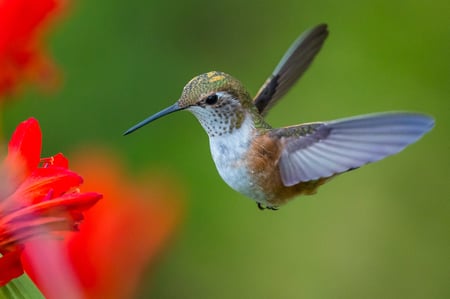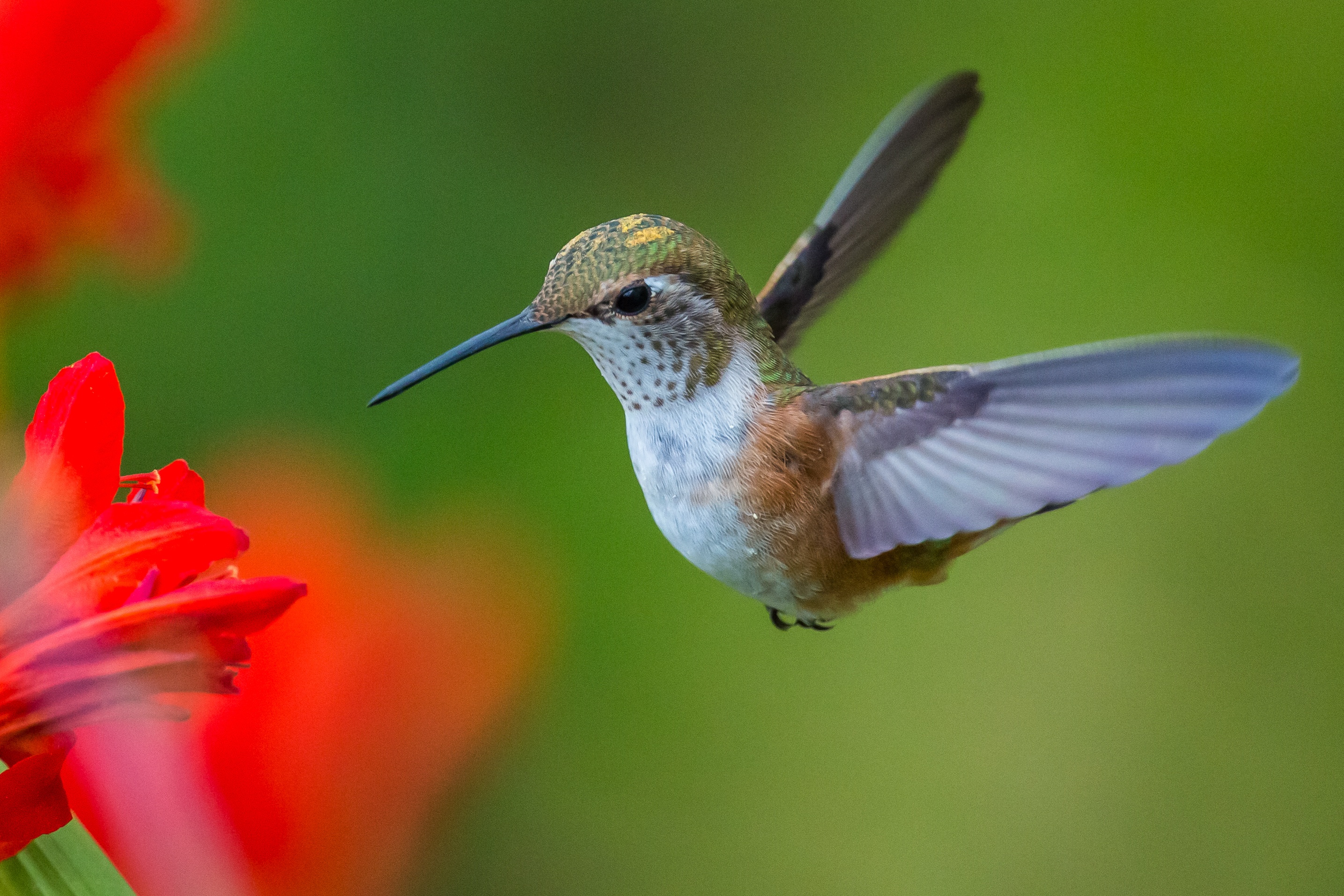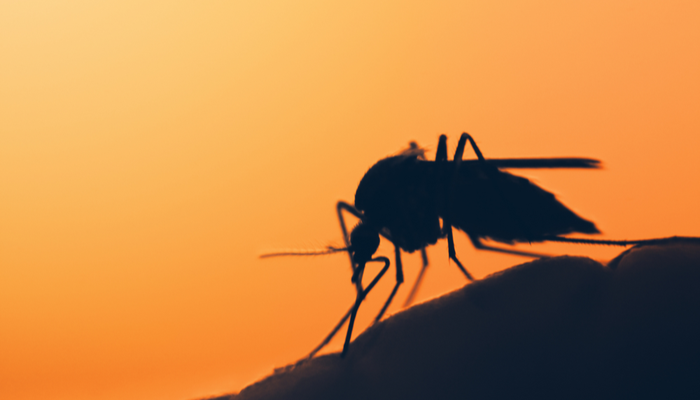Your monthly round up is here at last! Cyborg stingrays, fighter–pilot hummingbirds, and bacteria united against us; as ever, we have been making sure we are up to date with the very latest in scientific research, and have hand–picked our top five stories from the last month.
Do tell tales – your voice may help diagnose you
A growing body of evidence suggests that there is an array of mental and physical conditions that can affect your voice in a predictable manner – meaning academics and entrepreneurs aplenty are now racing to develop technologies that can take advantage of this phenomenon. Whether you are suffering from concussion, manic depression (or even heart disease), certain tell–tale characteristics of your speech – such as elongation and slurring of words – can help doctors to understand what’s going on. There is even talk of developing an app (of course there is, there’s an app for everything), which may help companies to detect employees suffering from bipolar disorder and depression. This may seriously benefit those who find it hard to describe their symptoms to their doctor, soon perhaps they will be able to talk about anything they like – as long as their doctor has the app.
Streetwise Gorillas
There is no such thing as a free lunch, and in nature, even the berries are getting sneaky. The fruit of the Pentadiplandra brazzeana plant in west Africa tastes as good as home-cooking, but offers few calories in return. The plant is able to reduce the cost of growing the berries significantly by substituting sugar for the sweetener brazzein, which costs a lot less to make but still has a sweet taste. Up until now, it seems the berry is in the lead; primates and human gatherers alike frequently pick the fruit for consumption. Gorillas however, seem to be onto them, as research suggests they may have lost the taste for brazzein, meaning they are unlikely to waste their time carrying out the seed dispersal duties for Pentadiplandra brazzeana, and can focus on far more lucrative investments. Are Gorillas the food critics of the future?
Bacterial A–team works together to cause us problems
In our ‘So much science, so little time’ blog post from May, we worried about bacteria of different species cooperating in order to tackle antibiotics. It would seem this is becoming something of a theme for our microscopic friends, as researchers have found that (normally harmless) mouth bacteria can team up with other pathogens to make them more powerful, encouraging infection. The findings from the study showed how bacteria can change their metabolism in response to the presence or absence of other bacteria. Benign bacteria excrete oxygen, which allows for the second, more harmful species to switch to a more efficient aerobic means of energy production – helping it to become more robust. Mouthwash, anyone?
Hummingbirds that hone in
Like the ‘Maverick’ and ‘Goose’ of the jungle, hummingbirds exhibit fighter pilot-like reflexes using their unique in-built collision avoidance system. Recent research has found that this allows them to perform complex high-speed aerobatics without speeding headfirst into trees and other obstacles. As these birds are ridiculously agile in that they can hover, fly backwards, and manoeuvre through the densest of vegetation, scientists and bird-lovers worldwide were scratching their heads, wondering why collisions are not more common. Researchers in Canada however, have shown that these birds actually process visual information differently to other animals.
Humans judge distances from the rate at which objects cross their field of vision laterally – making it difficult to judge the closing speed of an object you are approaching head-on. Experiments showed that the hummingbirds’ ability to judge distance is different, in that the birds monitor how an object changes in size as they move towards it. This allows them to quickly dodge trees and other potentially crash-inducing constructs. Get ‘em in the cockpit!

Image: Shutterstock
The future – doing the backstroke
At the beginning of July, scientists published what was possibly the most frightening, yet exciting video of the year so far. Frankenstein’s monster, it turns out, is a stingray-like creature, made with rat heart cells and powered by light. The cyborg is the size of a coin, and the application of light stimulates the rat-cells (whose genes have been altered to make them light sensitive), so they contract, pushing on the skeleton and mimicking the movements of a real stingray. Although the researchers behind the stingray are adamant that more complex organisms are a long way off, they have indicated that they’re working on a marine organism next. While they won’t disclose what that is, we’ll keep one eye on the ocean and keep you posted!
If you’d like to be kept up to date with all the latest news in science and marketing, subscribe to our monthly newsletter. Always valuable, interesting content. Never any spam.





